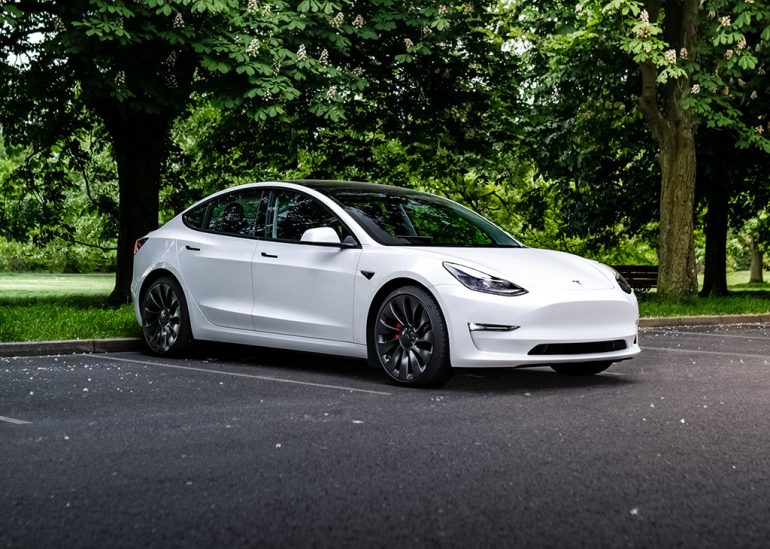
Tesla faced a slight setback in the opening quarter of 2024 as its sales plummeted by nearly 9% compared to the same period last year. This decline comes amidst a landscape of intensifying competition in the global electric vehicle (EV) market and a noticeable deceleration in the growth of EV sales overall. Despite implementing price reductions in a bid to stimulate demand, Tesla’s efforts failed to attract the anticipated influx of buyers.
During the January to March period, Tesla managed to deliver 386,810 vehicles, a notable drop from the 423,000 vehicles sold in the corresponding quarter of the previous year. These figures fell short of analysts’ expectations, with even the most pessimistic projections not anticipating such a decline. Factors contributing to this downturn included the transition to an updated version of the Model 3 sedan at Tesla’s Fremont, California, facility, disruptions due to shipping diversions in the Red Sea, and an arson incident that disrupted operations at its German factory.
In its communication to investors in January, Tesla had already forecasted a significant slowdown in sales growth for the year ahead. The company cited being in a transitional phase between two major growth periods: one driven by the global expansion of existing models like the Models 3 and Y, and another anticipated surge from the introduction of the Model 2, a smaller and more affordable vehicle.
To counteract the decline, Tesla had implemented substantial price reductions in the U.S. market, slashing prices by up to $20,000 on certain models last year. Even in March, the company offered temporary discounts of $1,000 on its popular Model Y. However, these price adjustments took a toll on Tesla’s profit margins, causing concern among investors.
The challenges weren’t confined to sales figures alone. Operational disruptions, such as the suspected arson attack in Germany that disrupted production, further exacerbated the situation. Upgrades to the Model 3 also slowed production in the United States, while sales in China experienced a 3% to 4% decline according to analyst estimates.
Despite the overall decline, there were notable exceptions. Sales of Tesla’s Models X and S, as well as the new Cybertruck, saw a remarkable increase of almost 60%. However, the combined deliveries of the Models 3 and Y, Tesla’s flagship offerings, declined by 10.3% year over year to 369,783 units.
The disappointing first-quarter performance has prompted analysts to revise their expectations for Tesla’s quarterly earnings, with Citi Analyst Itay Michaeli lowering the full-year 2024 earnings per share estimate. These developments occur within the broader context of a cooling EV market in the United States, where although sales surged to a record 1.19 million vehicles last year, growth tapered off towards the end of the year.
In summary, Tesla’s sales decline at the onset of 2024 reflects a confluence of factors, including heightened competition, slowed EV demand, operational challenges, and pricing strategies that impacted profit margins. These setbacks underscore the evolving dynamics within the electric vehicle industry and the ongoing need for adaptability in a rapidly changing market landscape.
Source: Associated Press

Lloyd Tobias is a seasoned automotive journalist and passionate enthusiast with over 15 years of experience immersed in the world of cars. Whether it’s exploring the latest advancements in automotive technology or keeping a close pulse on breaking industry news, Lloyd brings a sharp perspective and a deep appreciation for all things automotive. His writing blends technical insight with real-world enthusiasm, making his contributions both informative and engaging for readers who share his love for the drive. When he’s not behind the keyboard or under the hood, Lloyd enjoys test driving the newest models and staying ahead of the curve in an ever-evolving automotive landscape.